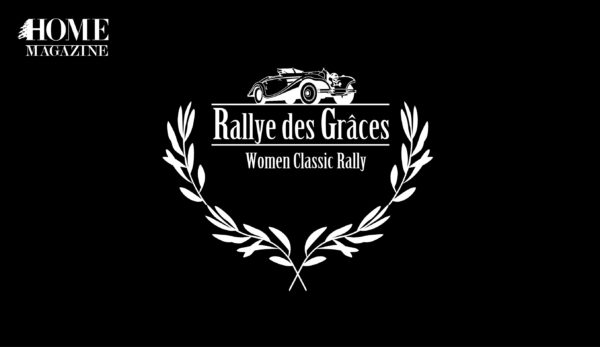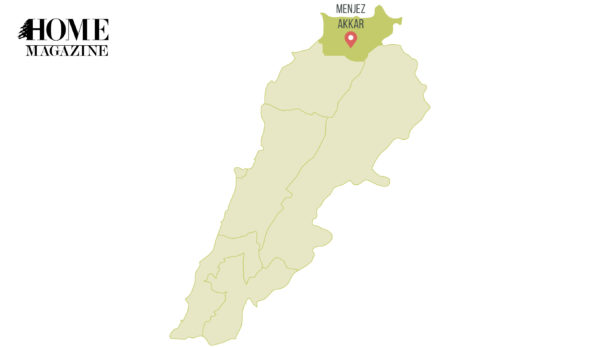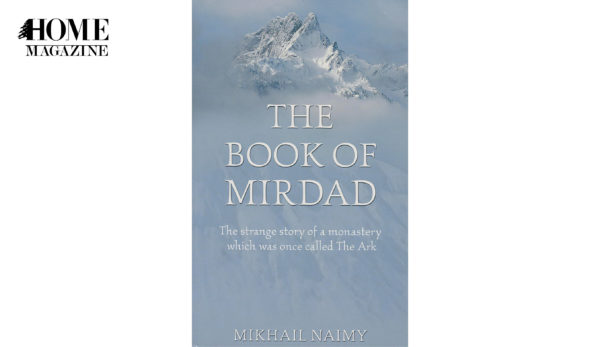Marwan Abdallah, a resident of the village of Rachana, talks about its rich history and importance in the world of art and culture.
Across the Madfoun River and on the border of the Mount Lebanon and North Lebanon governorates, just 300 meters above sea level, lies Rachana, which at first appears to be a typical Lebanese village. On closer inspection it is far from typical.
The origin of the word “Rachana” can be traced to the Syriac language – Richona – meaning “the head” or “the hill,” which links to its geographical location to a hill above the Madfoun River. The village has been continuously inhabited since the end of the 18th century when three brothers came from the village of Maad right across the river to farm the lands of Rachana, and in doing so they built the first house in the village. Since that time Rachana has been continuously inhabited and now comprises of seven families.
The village’s relationship with arts started in the 1950s when it hosted one of the first festivals in the country, featuring plays and concerts, and attended by famous artists and officials of that era. Rachana owes its links to the art of sculpture to the Basbous brothers – Michel, Alfred and Youssef – who transformed the village into an open-air museum by placing their artwork all around it. The Basbous brothers participated in local and international exhibitions where they presented their beautiful sculptures and brought more and more attention to the village of Rachana making it a destination for art lovers all over the world.
“The success of the Basbous brothers wouldn’t have peaked without the support of Rachana’s residents,” says Nabil Basbous, the son of Youssef and one of the second generation of artists of the Basbous legacy. “Residents used to help the Basbous brothers move their sculptures to different destinations across the village after Sunday’s Mass. This was unusual in a time of low education and little exposure to the art world.”
After the death of Michel, the eldest brother, Alfred and Youssef continued the path by starting the International Sculpting Symposium in Rachana in 1994. This lasted until 2004 and led to Rachana being named by UNESCO as the world capital for open-air sculpting in 1994.
“Rachana was named by UNESCO as the world capital for open-air sculpting”
With an increasing pressure from urban developers, and the absence of any local authority or municipality to deal with the residents’ needs, a group of locals from the village founded the Rachana Foundation with the aim of developing of the village, and preserving its image, culture and the well-being of its residents. The first of the Foundation’s projects was to have a master plan for the village, in cooperation with Imad Gemayel Architects, for sustainable development, eco-friendly projects and activities that reflect the image of Rachana and its culture.

Rachana was recently awarded the prize of the best practice for a village working on its sustainable development in the local NGO and the local artists category from the “Baldati Bi’ati” project of the Nature Conservation Center at the American University of Beirut.
It is easy to blame others for your own problems and wait for others to act, but the best thing to do is to take action yourself and try and come up with a solution. In Rachana, such an approach has been adopted. We feel that it is our duty to preserve our village and community that we inherited as well as the legacy from our ancestors. We need to take on these challenges and preserve it for future generations.
“It is our duty to preserve our village and community”
We invite you all to visit Rachana, explore its natural and artistic beauty, and meet with its locals.
www.rachanavillage.com
www.Edgeforlebanon.org
www.Opeslb.org

































